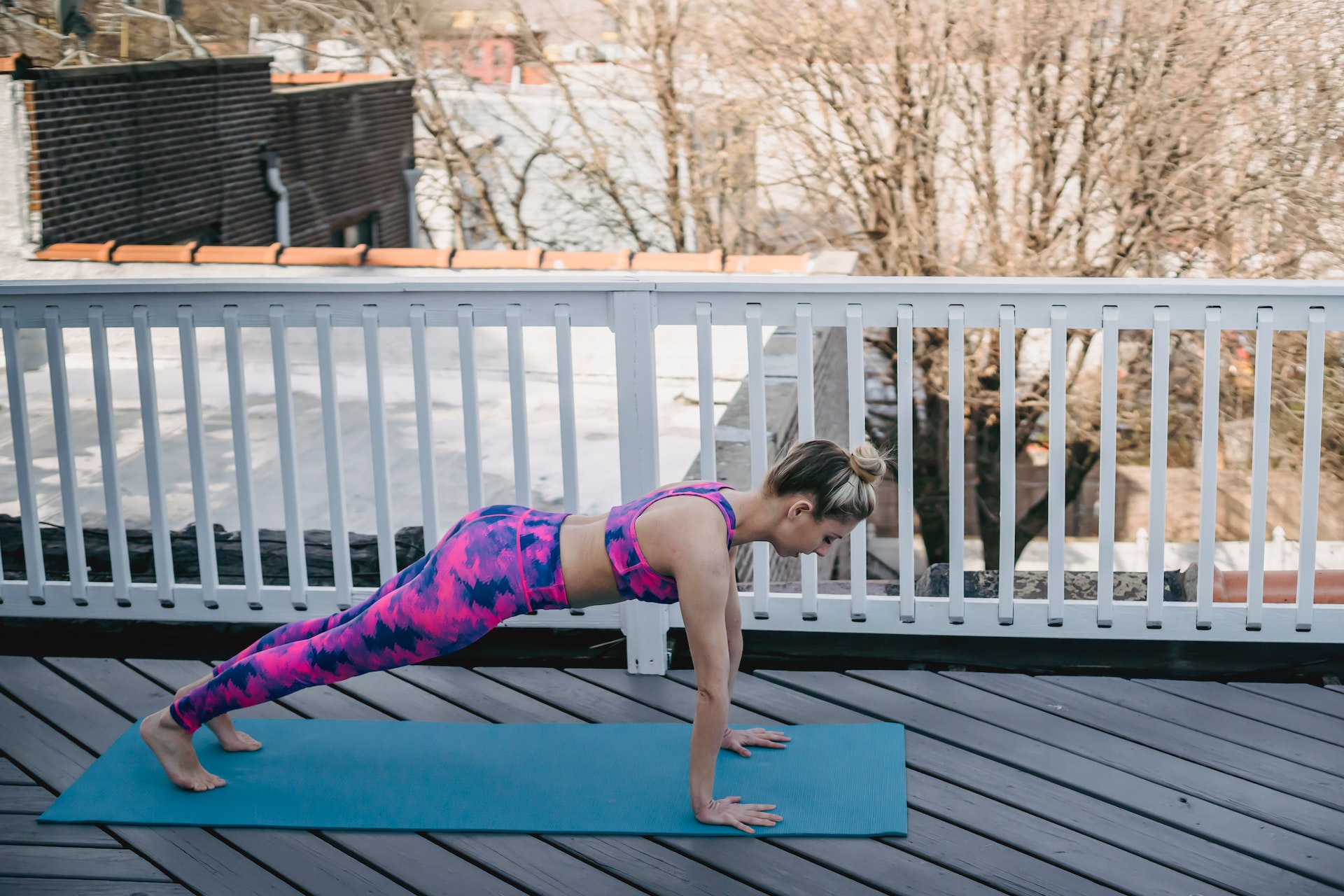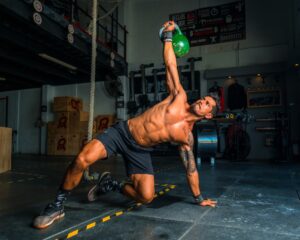Introduction: The Importance of a Strong Core and Pelvic Floor
The core and pelvic floor are two integral components of our body’s muscular system. While they may be parts of the body that many of us tend to overlook, their strength and functionality significantly impact our overall health. Having a weak core can lead to an array of wellness issues such as Levator Ani Syndrome and Pelvic Organ Prolapse. This post will delve deep into the importance of these areas and provide exercises to help you build and maintain their strength.
Table of Contents
Anatomy 101: Understanding the Core and Pelvic Floor
The core is comprised of four primary muscles:
- The rectus abdominis, running from the chest to the pelvis.
- The obliques, located on the sides of the torso.
- The transverse abdominis, which wraps around the spine for protection and stability.
- And the erector spinae, which run along the spine.

The pelvic floor muscles, on the other hand, is a set of muscles forming a sling across the base of the pelvis, playing a pivotal role in supporting pelvic organs.
These muscles act in coordination with the core, ensuring stability and balance during various activities. A strong pelvic floor not only aids in posture and movement but also plays a crucial role in preventing urinary incontinence, supporting childbirth, and maintaining pelvic health. Over time, factors such as aging, childbirth, and sedentary lifestyles can weaken the pelvic floor, emphasizing the need for targeted exercises to keep it toned
and healthy.

the base of the pelvis.
Benefits of a Strong Core and Pelvic Floor
A strong core and pelvic floor come with a plethora of benefits:
- Improved posture and balance, which reduces the risk of falls.
- Enhanced athletic prowess.
- A significant reduction in the risk of back pain.
- Improved bladder and bowel control.
- Enhanced sexual functions.
- Essential support during and after pregnancy.
Common Misconceptions About Core and Pelvic Floor Training
Contrary to popular belief, core workouts aren’t merely for six-pack abs. Similarly, pelvic floor exercises aren’t just for post-partum recovery. Endless crunches are not the answer to a strong core, and everyone, regardless of gender or age, can benefit from pelvic floor training.
- Planks: Hold a push-up position, keeping your body straight from head to heels.
- Dead bug exercise: Lie on your back with arms extended above you and legs raised, then alternate extending one arm and the
opposite leg. - Russian twists: Sitting down, lean back with a straight spine and twist your torso, reaching from left to right.
- Bridge lifts: Lie on your back with knees bent and lift your hips.
- Leg raises: Lie down and raise your legs without arching your back.

Exercises to Strengthen the Pelvic Floor
- Kegel exercises: Tighten the pelvic muscles, hold, and release.
- Deep squats: Go as low as your flexibility allows, keeping your feet flat.
- Pelvic tilts: Lie on your back, knees bent, and tilt your pelvis.
- Split tabletop: Lying down, raise both legs in a bent position and then move them apart and together.
- Hip bridges with a squeeze: Perform a bridge lift while squeezing a soft ball between your knees.

Safety Tips and Things to Remember
It’s crucial to ensure safety during these exercises. Listen to your body, and if you feel pain (not to be confused with discomfort), stop immediately. Correct breathing is vital – always exhale on the effort. Also, focusing on proper form is more beneficial than trying to lift heavier weights or push for more repetitions.
The Synergy Between Core and Pelvic Floor Exercises
When you work on your core, you indirectly engage the pelvic floor and vice versa. Some exercises, like deep squats or bridge lifts, inherently work both areas, offering double the benefits! Moreover, a synergy between a robust core and a toned pelvic floor can drastically improve functional strength, enhancing performance in sports and daily activities. This interconnected strength not only boosts your physical capabilities but also contributes to better posture, reduced back pain, and improved balance, creating a foundation for a healthier, more active lifestyle.

Conclusion
Building and maintaining a strong core and pelvic floor is not a luxury but a necessity for overall well-being, especially as we age. By incorporating the exercises mentioned above and complementing them with the right lifestyle choices, you’re setting yourself up for better posture, improved functionality, and enhanced quality of life. Remember, it’s never too late to start, and every bit of effort counts.




